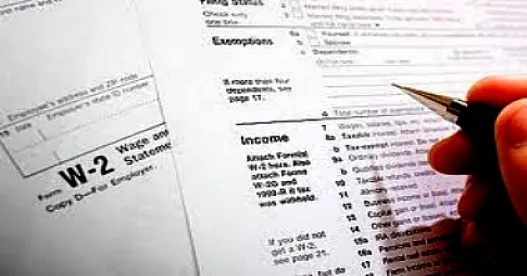The Tax Cuts and Jobs Act signed into law on December 22, 2017 is prompting some prudent early tax 2018 actions by both employers and employees related to employee benefits. Many employers are electing to make additional employer qualified plan contributions for the 2017 tax year when the employer’s tax rate may be higher and thereby yield a bigger tax benefit. C corporations, in particular, whose federal income tax rate in 2017 was as high as 35%, may find worthwhile to make further 2017 plan contributions, such as discretionary profit sharing contributions, if permitted under their 401(k) plans (up to the general defined contribution plan limit of 25% of compensation), rather than make the same contributions for 2018 when the company’s tax rate is a flat 21%. But in order to secure the deduction for the 2017 tax year, the deduction must be made by the April 17, 2018 deadline for filing the Form 1120 corporate tax return. Provided, however, if the corporation timely files by April 17 for a 6 month extension, it can make a deductible qualified plan contribution for the 2017 year as late as October 15, 2018.
Pass-through entities such as partnerships, limited liability companies (LLCs) and S corporations may be less inclined to accelerate plan contribution deductions to 2017 since the individual tax rates that apply to their partners or shareholders were not dramatically lowered by the new Act. But if they do desire to accelerate then they must make the contributions by the March 15, 2018 deadline for their Form 1065 (or Form 1120S for a S corporation), unless they similarly obtain a 6 month extension of the filing deadline. If the 6 month extension is obtained timely, then a 2017 contribution would be due by September 15, 2018.
Note that the deadline for deducting a contribution allocable to 2017 for deduction purposes is based on the actual company tax return due date (as extended), rather than the date the company’s tax return is actually filed. Also, the deadline for making the contribution for 2017 is not the same as the deadline for depositing employer contributions so as to be counted for 2017 under the “Section 415” rules for maximum “annual additions” to a qualified plan. Under those rules, all annual additions, including employer contributions, must be made and deposited no later than 30 days following the due date of the company tax return (with extensions). Therefore, if a C corporation extends the deadline for the 2017 federal income tax return to October 15, 2018, then the date for depositing its company contribution for purposes of counting it against the Section 415 annual addition limit is November 15, 2018. In addition, these tax deduction timing rules should not be confused with the timing rules for required and permissive funding of defined benefit plans.
Finally, employees should be encouraged by employers to review and revise their declared W-4 allowances in early 2018 to account for the many individual tax changes made by the Act. These include the tax rate changes, changes to allowable deductions for state and local taxes and mortgage interest and the elimination of the personal exemption coupled with the near doubling of the standard deduction from $6,500 to $12,000 for singles and from $13,000 to $24,000 for married couples. To assist employees, the IRS issued new wage withholding tables in January, a new form W-4 on February 28th and an online withholding calculator to assist employees in revising their W-4 allowances (See updated withholding IRS Calculator). An employee’s refiguring of tax allowances and the revising of the net payable wage amount will both take into account, and have an important bearing on, the 401(k) deferral elections and other pretax (and post-tax) employee benefit deductions from pay that an employee may wish, or be able, to make.




 />i
/>i

